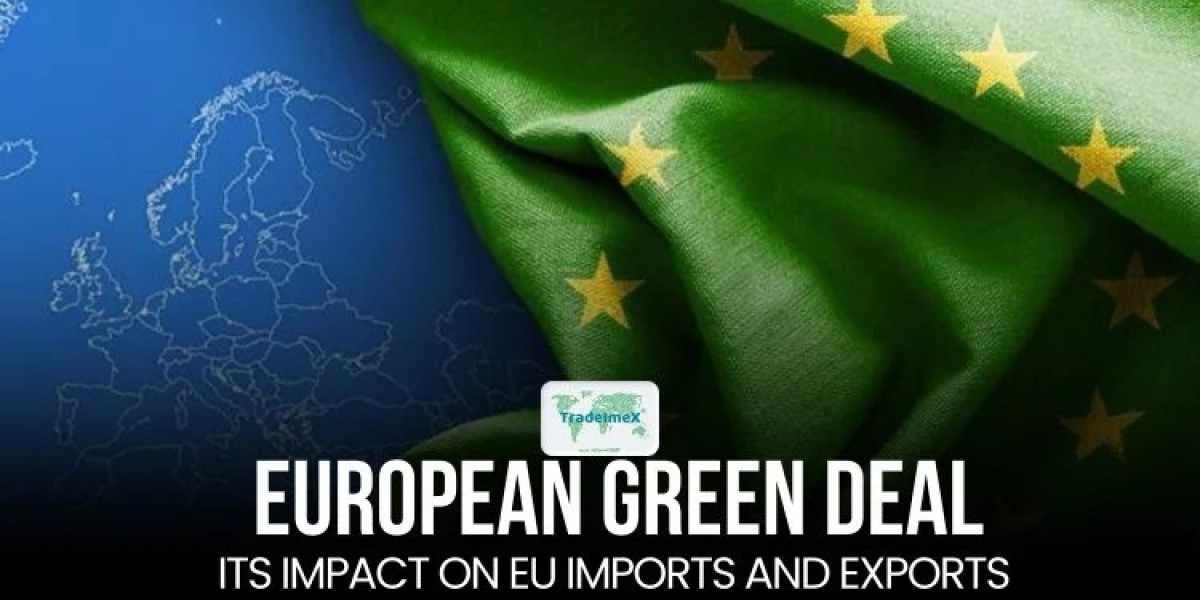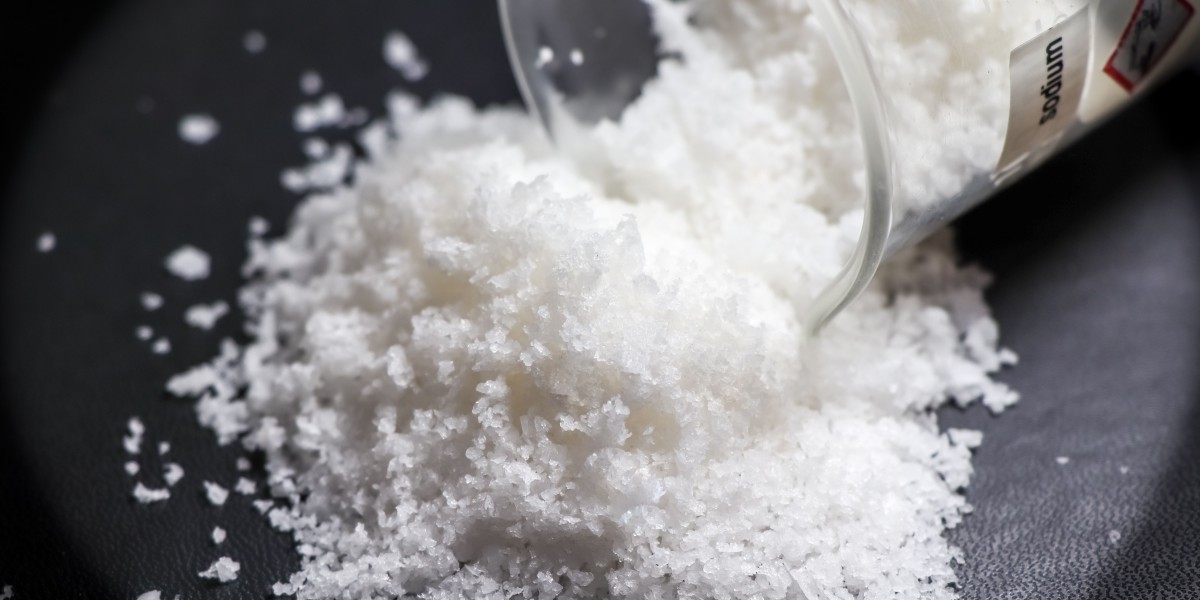The European Green Deal effects on exports and imports in the EU
By 2050, the European Union's economy is to be carbon neutral and sustainable thanks to a comprehensive strategy called the European Green Deal. December 2019 saw the introduction of the European Green Deal, which was ratified in 2020. Because it would alter consumer preferences, production practices, and trade patterns, it is anticipated that this ambitious endeavor will substantially impact imports and exports in the EU. Concerns regarding emissions of greenhouse gasses, climate change, and global warming have come to light on the international agenda, especially in the 1990s.
After the Paris Climate Agreement came into effect in 2015, almost all countries have pledged to lower greenhouse gas emissions and cause less global warming. In this sense, the European Union (EU) is the leader that other countries look up to. The main objective of the consensus is to make the planet more sustainable and greener. There are also the necessary steps that need to be taken for this. The EU aspires to accomplish these goals by signing this agreement: net-zero greenhouse gas emissions by 2050; independence from foreign sources of economic growth; and global development, not just in one country or region but on the whole globe. The main features of the European Green Deal and its effects on trade relations with the EU will be discussed in this article.
Principal Goals of the European Green Deal Initiative
- Achieving net-zero greenhouse gas emissions till 2050.
- Boosting the proportion of green energy sources.
- Advancing the concepts of the circular economy.
- Increasing transportation and building energy efficiency.
- Preserving biodiversity and advancing environmentally friendly farming.
Who Was Impacted by the EU Green Deal?
Not just the EU's member states, but also all other countries with monetary, political, and geographic connections to the bloc will be greatly impacted by this agreement. Publications published by commercial, public, and international organizations are all covered by the agreement. The European Green Deal governs the EU's relations with all foreign countries, institutions, and organizations. This suggests that companies that sell their products mostly to EU countries may cease exporting if they fail to comply with the necessary regulations. The agreement, unlike earlier regulations that concentrated on a specific commodity or category of goods, creates universal criteria for all goods and services with financial significance.
What Impact Has the European Green Deal Have on Trade?
The EU has the biggest market for exports in the world, with 80 member states. With EU nations, 16% of import and export operations are carried out. Trade affects other countries and the EU significantly. Therefore, non-EU countries need to thoroughly and accurately review the agreement to maintain strong and lasting relations with the European Green Deal. The EU plans to finish all import and export activities under a new global trade framework under a new ecological framework shortly. The Sustainable Development Goals (SDG) are goals that the European Union (EU) helps poor countries achieve by 2030.
What changed after the Green Deal?
One of the most important components of the European Green Deal is the Carbon Border Adjustment Mechanism, which alludes to the costs, or taxes, of carbon in commodities exported to the EU to lower greenhouse gas emissions. By implementing this legislation, the European Union seeks to guarantee that its business partners assume accountability for reducing carbon emissions. Companies and institutions in the public and private sectors who neglect this obligation will be compelled to exit the EU market. To do this within the new economic system, the EU works to fulfill the final climate targets while maintaining a stable market balance and using price instruments such as taxes. The EU Climate Law, which set a legally binding target to cut emissions by 55% by 2030, was passed by Parliament on June 24, 2021.
How does the Green Deal affect imports and exports within the EU?
It is projected that the information scarcity will continue for another two years, creating difficulties for companies operating both inside and outside of the European Union. It will cost more after the European Green Deal (EGD) to implement new systems and technologies and alter the manufacturing environment. Put otherwise, this affects industries that use a lot of energy. In response, the European Commission projects that by 2030, several export sectors may experience carbon leakage at borders. Among these industries are those that produce coal, iron, steel, concrete, aluminum, textiles, chemicals, artificial rubber, glass and glass products, ceramics, paper pulp, and certain agricultural goods.
- If the carbon price per ton in the EU is 30 euros, the carbon cost at the frontier is 478 million euros. When other products used in the process are considered, this price increases to 1085 million euros.
- With a 50 euro carbon price and the EU's Border Carbon Regulations (SKD), emissions from completed items total 797 million euros. This cost increases to 1809 million euros when additional commodities associated with production are considered.
- The additional amount that exporting companies have to pay if they ignore these circumstances and continue to produce carbon, depending on whether the price of carbon is 30 or 50 euros per ton:
- In the cement sector, it ranges from 13.1 to 22%.
- 2.8% to 1.7% in the steel and iron sectors.
- In the chemical industry, it is between 1.1% and 1.9%.
- The percentage for the automobile sector varies between 0.7% and 1.2%.
Green Deal 06: The European elections had a significant influence
With 2023 being the warmest year on record, the pace of climate change has increased since the previous EU election in 2019. The European Green Deal, a landmark piece of legislation crafted by the von der Leyen Commission that seeks to establish Europe as the world's first carbon-neutral continent by 2050, might not make it through the European Parliament elections scheduled for June 6–9, 2024. Introduced in 2019, the European Green Deal was heralded as the European Union's "man on the moon moment." In light of the continuing war between Russia and Ukraine, the EU has now taken several steps to accomplish these goals, including reducing greenhouse gas emissions and protecting biodiversity.
EU Trade: EU's largest imports and exports
In 2023, imports into the EU totaled $7.60 trillion. The top ten EU imports primarily include:
- Mineral fuels and oils (HS Code 27): $971.55 billion (12.77%)
- Electrical machinery (HS Code 85): $859.90 billion (11.3%)
- Nuclear reactors (HS Code 84): $832.70 billion (10.95%)
- Vehicles (HS Code 87): $772.50 billion (10.15%)
- Pharmaceutical products (HS Code 30): $389.74 billion (5.12%)
- Plastics and articles thereof (HS Code 39): $268.52 billion (3.53%)
- Optical, medical, or surgical instruments (HS Code 90): $229.50 billion (3.02%)
- Organic chemicals (HS Code 29): $223.70 billion (2.94%)
- Iron and steel (HS Code 72): $179.07 billion (2.35%)
- Precious stones and metals (HS Code 71): $146.14 billion (1.92%)
In 2023, the total value of EU exports was $7.47 trillion. The top ten EU exports primarily consist of:
- Nuclear reactors (HS Code 84): $986.49 billion (13.19%)
- Vehicles (HS Code 87): $877.59 billion (11.74%)
- Electrical machinery (HS Code 85): $697.71 billion (9.33%)
- Pharmaceuticals (HS Code 30): $551.52 billion (7.37%)
- Mineral fuels and oils (HS Code 27): $482.70 billion (6.45%)
- Plastics and articles thereof (HS Code 39): $276.37 billion (3.7%)
- Optical, medical, or surgical instruments (HS Code 90): $275.82 billion (3.69%)
- Organic chemicals (HS Code 29): $188.84 billion (2.53%)
- Precious stones, and metals (HS Code 71): $171.45 billion (2.29%)
- Iron and steel (HS Code 72): $169.62 billion (2.27%)
Bottom Line
A ground-breaking program called the European Green Deal aims to transform the financial system and trading partners of the European Union. As companies adjust to new environmental regulations and customer opportunities, the agreement will change imports and exports from the EU by encouraging sustainability and carbon neutrality. Despite the challenging circumstances that lie ahead, the European Green Deal offers European firms the opportunity to lead the shift towards a more environmentally conscious and sustainable future.



